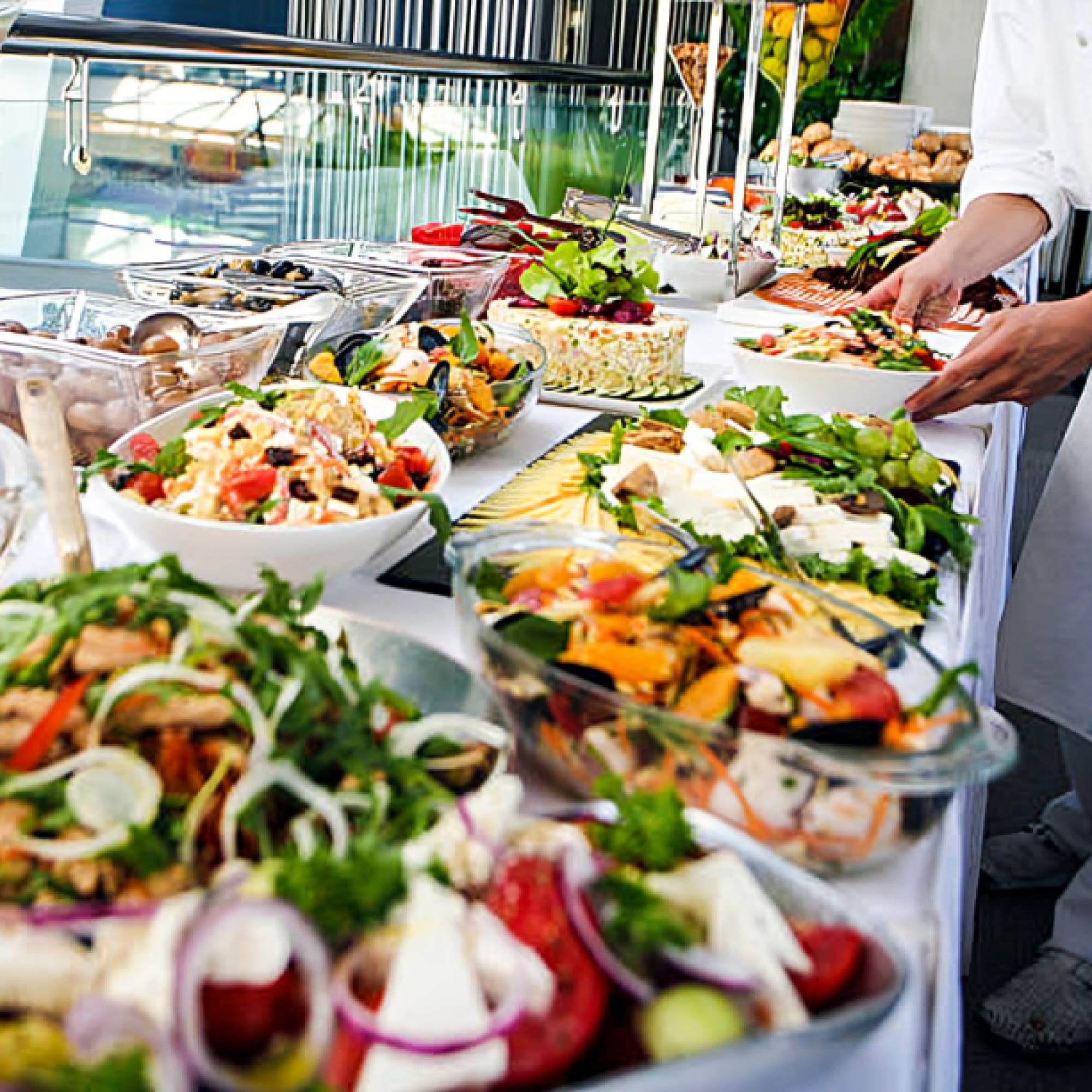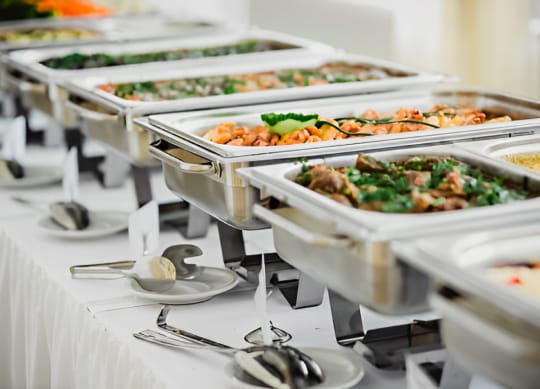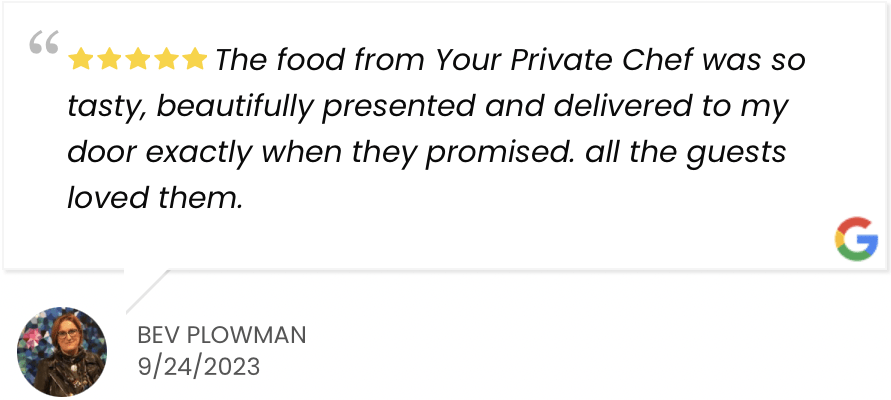The Rise of Meal Delivery: A Solution for the Everyday Meal
With busy modern life, the time needed to prepare nutrient-dense home meals is oftentimes a rare luxury. Life in general being the way that it is with work, the family, etc., it is ridiculously easy to let food planning get lost along the way. This is where meal delivery enters – easy, handy, and up-to-date, it brings families and individuals alike a full-on balanced menu without taking vital minutes away.
What is Meal Delivery?
In essence, food service is a company that delivers prepared food or food kits to your doorstep. Whether you want a fully cooked dish to heat and serve or pre-measured ingredients with instructions to cook step-by-step, meal delivery meets various dietary requirements, tastes, and time schedules.
The movement has gathered speed over recent years, moving from specialty offerings to mass popularity. As more and more operators pour into the market, consumers have more choices, improved quality, and increased convenience than ever before.
Why Has Meal Delivery Become So Popular?
There are several explanations why demand for dish provider has been increasing:
Busy lives: Consumers are working longer hours and taking more responsibilities, making daily shopping and cooking more difficult.
Health awareness: Consumers increasingly desire access to healthy food that supports their nutritional objectives.
Convenience: It eliminates time spent on shopping for food, food preparation, and cleaning up.
Personalization: Choices now range from vegan and keto through gluten-free and low-FODMAP.
The pandemic also accelerated the trend towards more convenient meals, when customers were widely forced to switch to contactless delivery as a safer alternative to eating out.
Types of Meal Delivery Services
There are usually two broad categories of meal distribution services:
1. Prepared Meal Delivery
These meal services offer ready-to-eat dishes that can be reheated. Perfect for those who have zero prep time, they tend to have a weekly rotating menu and accommodate special diets.
2. Meal Kit Delivery
Meal kits include raw ingredients and recipe cards, giving the home-cooked feel without the planning or shopping time. They are perfect for those who like cooking but have little time.
There are advantages and disadvantages to each, depending on your schedule, level of cooking skills, and dietary needs.
Benefits of Meal Delivery Service
There are a number of advantages to meal distribution services aside from convenience.
1. Time-Saving
This is most likely the most obvious. With dish delivery, you’re saving trips to the grocery store, cutting down on cooking time, and skipping the dreaded evening cleanup.
2. Healthier Eating Habits
Some meal distribution programs focus on whole foods, balanced portions, and integrity in nutrition. If you are attempting to lose weight, build muscle, or control a disease, it can provide you with structured guidance.
3. Less Food Waste
Because meal kits and ready cuisines are preportioned, you are less likely to waste leftover ingredients.
4. Cost Savings
Although meal service may cost a lot initially, it can reimburse itself in the long term. You don’t do impulse buys at the grocery store, save food from waste, and steer clear of late-night takeout cravings.
5. Culinary Variety
Tired of eating the same dish every week? Cuisines delivery companies tend to expose customers to international flavors and alternative cooking methods, which makes dinnertime engaging.
Things to Consider Before Selecting a Meal Delivery Service
Not all services are created equal, so it is important to consider your needs before signing up.
Dietary Preferences: Seek out services that accommodate your unique dietary objectives.
Portion Sizes: Many services have single portions whereas others are family-sized.
Price Point: Compare the cost per cuisine and see what fits your budget.
Delivery Schedule: Some offer flexible delivery days, while others are more rigid.
Sustainability: Consider if the company uses recyclable packaging or sources locally.
Reading reviews and trying a service before going long-term is generally a good idea.
Who Can Benefit Most from Meal Delivery?
While nearly anyone can benefit from the convenience of meal distribution, some will find it especially helpful:
- Busy professionals with little free time to cook
- Families who desire easy dinner solutions
- Seniors who require healthy meals without having to do anything
- Fitness enthusiasts following specific diets
- Students or new parents juggling hectic schedules
The Future of Meal Delivery
As technology and customer expectations evolve, so too does the cuisine delivery industry. We’re seeing innovations like AI-driven personalization, zero-waste packaging, and even collaborations with nutritionists and chefs to enhance the overall experience.
Sustainability is also on the increase. Increasingly, services are prioritizing eco-friendliness, from minimizing packaging to carbon-neutral delivery. It’s a comforting sign for consumers who care as much about the planet as they do their plates.
Conclusion
Meal delivery isn’t just a convenience of modern times; it’s a solution to your lifestyle. If you’re interested in healthier foods, time-saving, or living an easy life, meal distribution is a good solution to relish healthy and delicious food without the daily hassle.
In a world that does not seem to come to a stop, companies like these allow us to fuel our bodies while gaining time to concentrate on what is important. And with ongoing innovation and personalization, cuisine delivery’s future looks delicious and bright.





